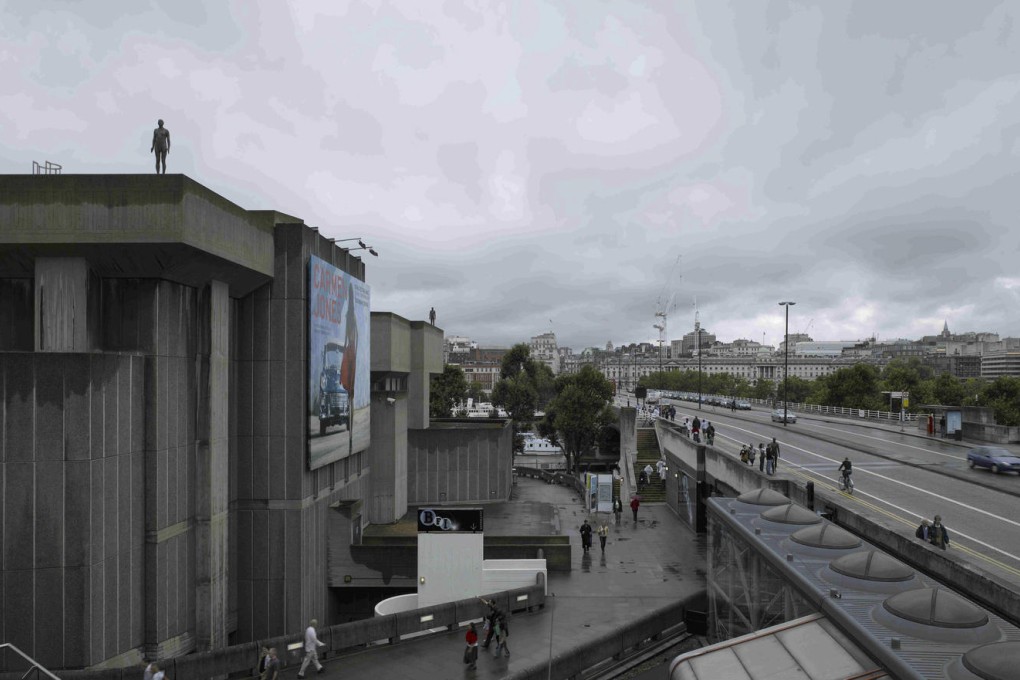Anthony Gormley's sculptures to pay Hong Kong a visit
Artist hopes his visiting sculptures give Hongkongers pause for thought

Antony Gormley is a sculptor who evangelises about the provocative power of his chosen art form. He has dotted diverse landscapes with statues that pose questions about relationships between people, time and places: from a barren, remote salt lake in Western Australia to a plot squeezed between Osaka office blocks and a grassy knoll above defunct coal mines in northeast England, where his spreads its giant steel wings.
In 2007, he started placing 31 statues, loosely cast from his own body, temporarily on top of buildings in major cities. They have been in London, Rotterdam, New York, São Paulo and Rio de Janeiro, and each place responded to the statues differently.
"A project like this is a diagnostic tool. It's like acupuncture. You poke a collective body like a city and depending on the nature of the body, you get a reaction," he says from his London studio.
"In the Netherlands, the reaction was most 'normal', in so far as people were delighted in the temporary visitors," says the British artist. In Rio, the reception was less positive. He recalls a sign saying "bad art" tied to one of the statues, and chewing gum stuck on others.

The project, called Event Horizon, will be unveiled in Hong Kong on November 19. It has already proved provocative during the two years it's taken to bring the statues to the city. The statues were meant to have been displayed last year, but Hongkong Land pulled out as main sponsor after a J.P. Morgan employee jumped to his death from the roof of a Hongkong Land property in February 2014.
